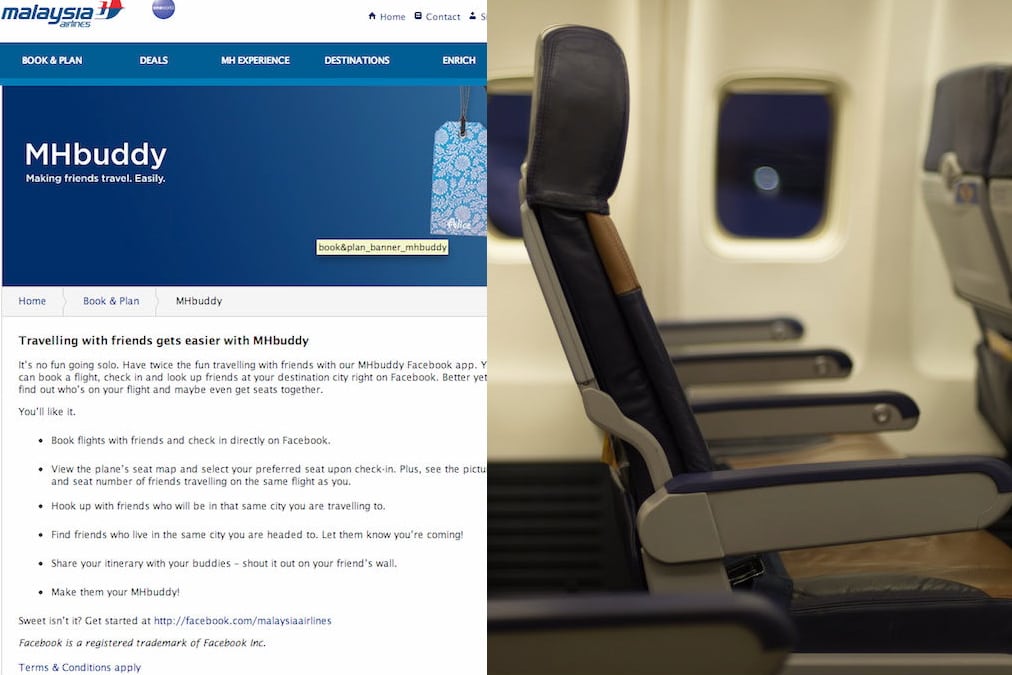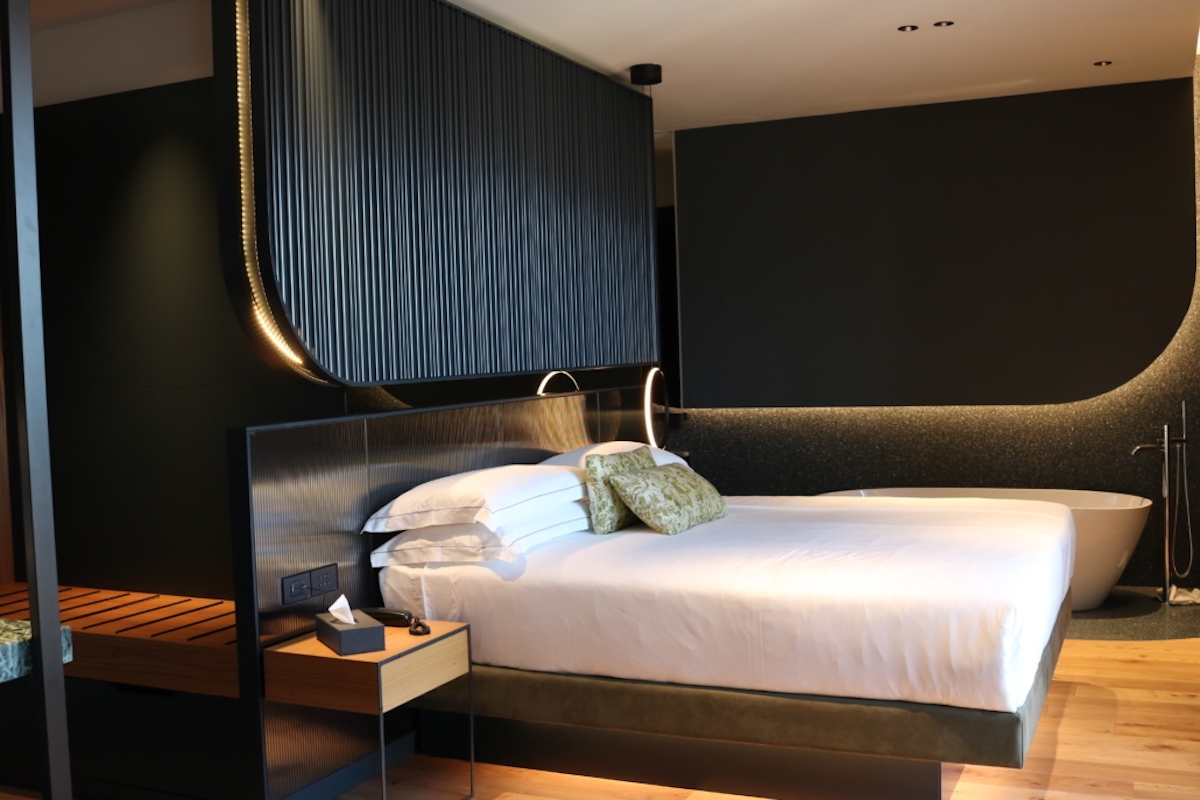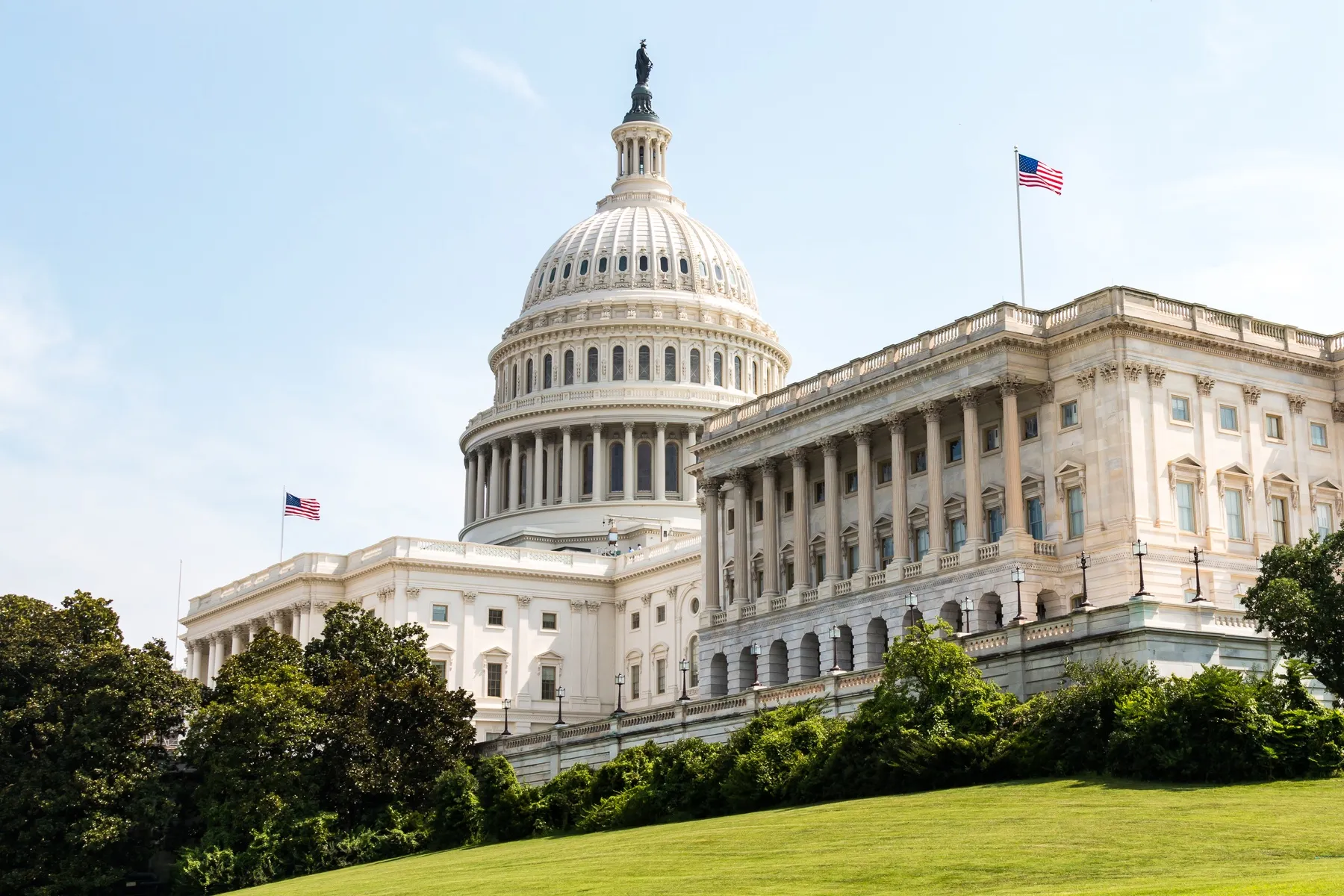The Rather Half-Baked Idea to Sell Half an Airline Seat

Skift Take
Lie-flat seats, exit row seats, seats with extra legroom: Airlines are doing all kinds of things to wrangle extra revenue out of an airline seat.
But, what about selling half-seats to people who already bought a full seat and don't want to rub elbows with the stranger occupying the seat next to them?
It's one of those ideas that makes you, well, sit back and contemplate why hasn't this already been happening?
Sure, airlines sometimes sell an extra seat for passengers who want or need to occupy two of them, but what about hawking half-seats?
Michael Batt, the founder and co-chairman of Travel Leaders Group, a Minnesota-based corporate travel agency with $18 billion in gross travel sales, gave an impassioned plea today for airlines to begin selling half-seats.
Batt said airlines could sell half-seats for 50% of the fare, and would find a new revenue opportunity because middle seats are the hardest seats to sell. (Presumably airlines could try to sell both halves of middle seats so two travelers could get extra room to spread out.)
It makes a lot of sense, said Batt, who offered up the idea during a session at the Global Business Travel Association conference in San Diego, because in addition to the revenue opportunity, airlines would save on fuel because there would take fewer passengers to fill the plane.
And the cabin crew would have fewer people to serve. (Although that could be somewhat of a lost revenue opportunity if people would otherwise occupy the seat and buy drinks and meals.)
"The cabin crew will like it because there is no one to serve," Batt said.
The idea is sort of the antithesis of the social seating offered by KLM and Malyasia Airlines. When selling half-seats, travelers would be paying not to sit next to someone, as opposed to social seating, where travelers use social media profiles to find someone to gab with.
In fact, perhaps some travelers could purchase half-seats as a defense against social-media-savvy travelers who see the flight as an opportunity to network.
Will any airlines embrace the idea? It's a long shot, but you never know.
Meanwhile, on a somewhat-related note, Batt made attendees erupt in laughter during this same discussion about travel innovation when he quipped about his company: "We're not on the cutting edge of anything," adding that his company is a travel agency.
But, who knows? Perhaps Batt is on the cutting edge of a new premium seating plan -- selling half-seats.
We'll be on the edge of our seats to see what happens.





